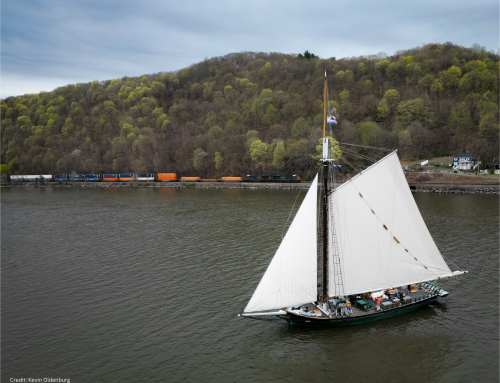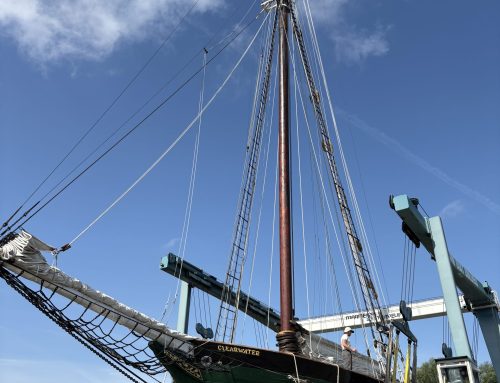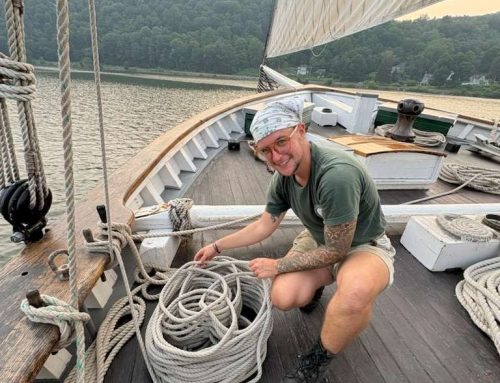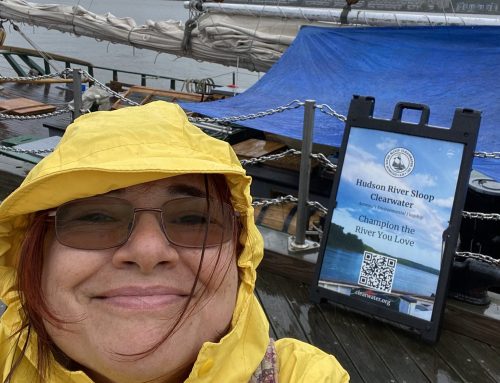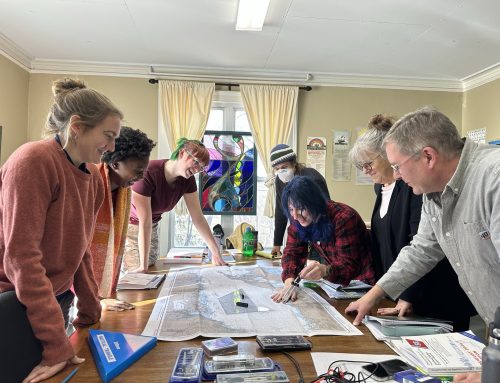![]() Clearwater and Fall Kill Watershed Committee Release
Clearwater and Fall Kill Watershed Committee Release
Neighborhood Source Assessment
Report could guide future conversations about how to best manage the watershed
BEACON, NY — Clearwater and the Fall Kill Watershed Committee have released the report, Fall Kill Watershed Neighborhood Source Assessment: A survey of pollution potential and restoration opportunities, on the current health of the Fall Kill watershed.
The report, made possible in part by a grant from the New York State Environmental Protection Fund through the Hudson River Estuary Program of the NYS Department of Environmental Conservation provides an overview of the existing conditions of the watershed and what can be done to help protect and restore it through the lens of a critically important land use scale − the neighborhood. The report process implemented protocols developed by the Maryland-based Center for Watershed Protection’s Urban Subwatershed Restoration Manual Series.
“The neighborhood is the unit of space where the human element becomes uniquely apparent, and unlike a hard civic boundary, it is flexible and defined by the character of a place, the people there and their behaviors,” explained Ryan Palmer, Director of Clearwater’s Green Cities Initiative. “The report contains our best attempt to delineate the watershed at the human scale and assess not only each neighborhood’s physical infrastructure that influences water quality, such as stormwater systems and stream and wetland buffers, but also its stewardship infrastructure, which is based on human behaviors such as fertilizer use and littering and the role they play in water quality.”
Over the course of the two month survey, neighborhoods in Hyde Park, the Town of Poughkeepsie and City of Poughkeepsie were visited and assessed for pollution and restoration potential. Thirty distinct neighborhoods were outlined based on characteristics such as zoning, lot size, age, and housing type.
Data based on indicators such as impervious surface cover, stormwater infrastructure, yard and lawn conditions, and road, sidewalk, and other common area conditions were gathered, compiled and ranked.
Students and faculty from Marist College’s GIS program and interns from Vassar College’s Field Work Program and Cornell Cooperative Extension of Dutchess County’s Master Watershed Steward Program helped to conduct this assessment as part of coursework.
The report concludes that in the City of Poughkeepsie, the most significant pollution pathway is untreated urban stormwater runoff entering the creek. The City uses the channelized portion of the Fall Kill as a conduit for excess rainwater collected from impervious roads, parking lots, and structures. This runoff carries with it substances it comes into contact with, including oil and other automotive fluids, road salt, pet waste, and litter. In addition, high levels of coliform bacteria in the urban stretch of the Fall Kill suggests possible malfunctioning or leaks from the sewer system, and undocumented Sanitary Sewer Overflows or Combined Sewer Overflows.
A number of site-specific and common restoration opportunities are presented in the report, along with an appendix of best practices. Recommended strategies include resident education on fertilizer use and creek buffer management, replacing undersized culverts to address flooding risks, implementation of green infrastructure practices to address stormwater runoff, and maintenance programs such as catch basin cleaning and street sweeping to address litter issues.
“While the report is not meant to be exhaustive, its ultimate goal is to encourage greater inter-municipal cooperation through a better understanding of how we all impact the health of our local resources, such as the Fall Kill. We hope that it will serve as a guide and starting point for future conversations about local priorities and how to best manage the watershed.”
The Fall Kill Neighborhood Source Assessment Report is available for download at https://www.clearwater.org/pdf/FallKillNSAReport2013_Optimized.pdf (25MB)
For more information about the Fall Kill Plan, please visit https://www.clearwater.org/green-cities/watershed-management/fallkill/
The Fall Kill Watershed: The Fall Kill Watershed is situated within the Hudson Direct Drainage area on the western edge of Dutchess County, NY and drains over 12,000 acres of land into the Hudson River. The Fall Kill Creek and its tributaries meander through five Dutchess County municipalities, including the Towns of Clinton, Hyde Park, Pleasant Valley, and the Town and City of Poughkeepsie. According to the 2010 U.S. Census, slightly more than 30,000 people now live within the watershed. The Fall Kill Creek spans over 38 miles in length, including unnamed first order streams in the northern reaches of the watershed, and becomes a third order stream just north of the City of Poughkeepsie as it approaches the Hudson River. From its headwaters to its mouth, over approximately 16 miles, the creek mainstream undergoes a dramatic transformation from rural agricultural uses and forested areas to the highly urbanized setting of the City of Poughkeepsie. Forested land comprises the largest percentage of land cover within the watershed at over 40 percent, and residential land use comprises nearly 30 percent.

